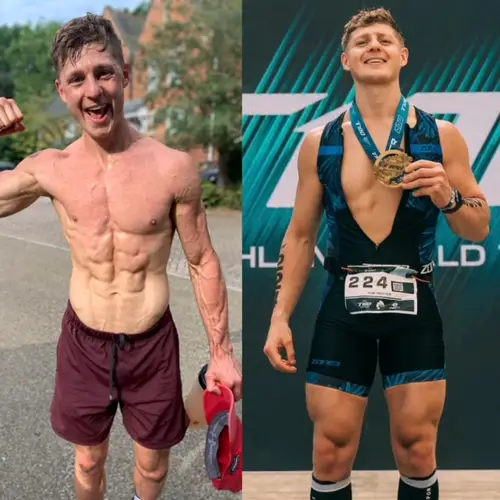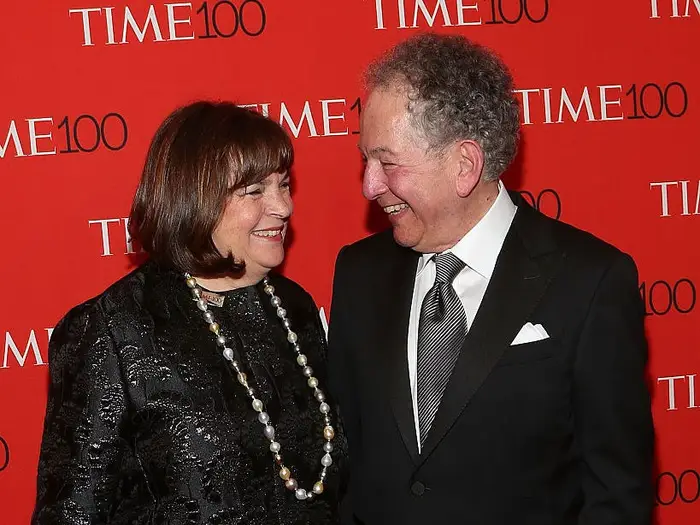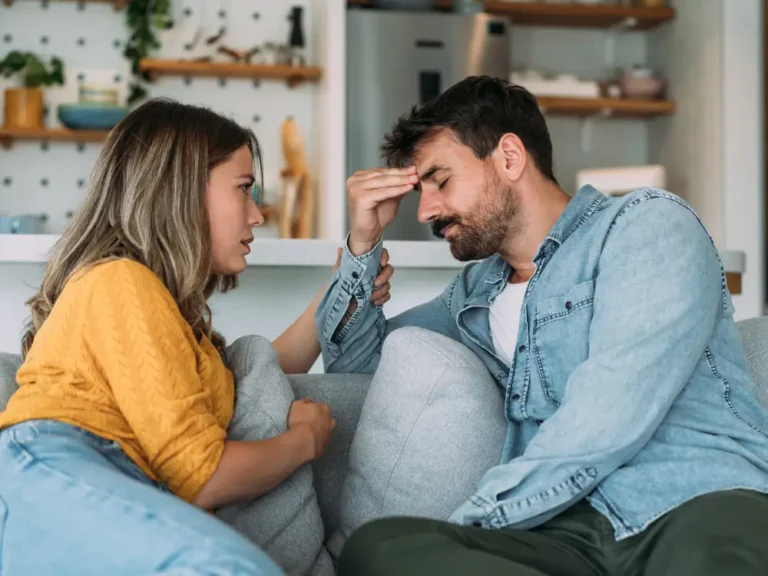A celebrity personal trainer thought she had to do intense cardio to see results. Now, she strength trains and walks instead — and looks and feels better.
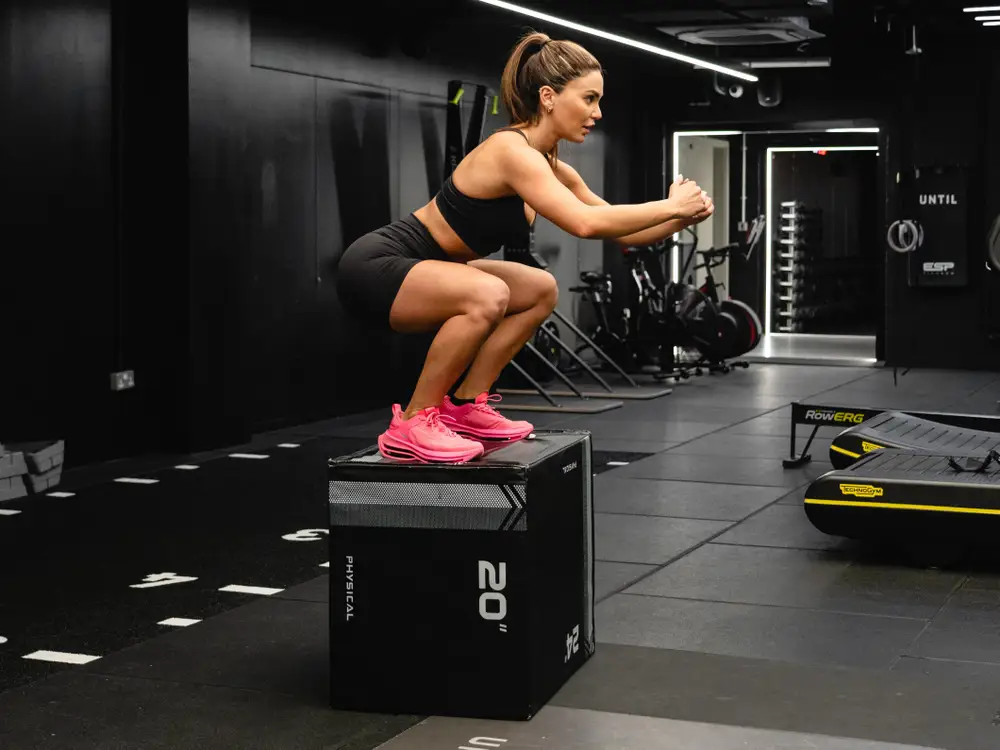
Sana Shirvani has moved away from intense exercise.
Personal trainer Sana Shirvani learned the hard way that pushing her body more and more doesn’t yield better results.
The London-based trainer, whose clients include Halle Bailey and her fellow cast members of the 2023 live-action remake of “The Little Mermaid,” told B-17 that doing too much intense exercise of varying types burned her out.
“I was always that gym bunny who would go to a million HIIT classes and completely batter myself and think that’s the right way to get results,” Shirvani, 32, said.
“I always used to pour from an empty cup. I’d have multiple burnouts a year and it got to a point in 2022 where I had such a bad burnout that it took me six months to recover,” she added.
Her approach to fitness has evolved “massively” since then. Seeking help from other trainers to reduce her workload, having a less restrictive diet, focusing on longevity, and replacing HIIT with strength training and low-intensity cardio have helped her feel better about her appearance and feel less anxious and stressed, she said.
“It was such a big wake-up call for me,” Shirvani said. “I was mentally really not in a good place for a long time.”
Shirvani is among those who have realized in recent years that more is not always better when it comes to fitness. Focusing on recovery has become more important to many, reflected by the increasing demand for smartwatches and rings that measure how well you’ve recovered as well as moved.
Here’s how Shirvani’s priorities have changed.

Sana Shirvani has changed her approach to fitness.
Low-intensity exercise to minimize stress
While short spells of intense exercise can bring health benefits such as improved cardiovascular fitness, research suggests multiple, long HIIT classes each week can put stress on the body. However, personal thresholds vary depending on lifestyle, stress, and fitness levels.
Instead of regular hardcore workouts, Shirvani does low-intensity steady state (LISS) cardio, such as walking, climbing on a stair master, or incline walking on a treadmill.
She uses the time to relax and listen to a podcast or just be with her thoughts.
Strength training for longevity
Shirvani does a minimum of four resistance training sessions a week — two lower body, two upper body — and a full body workout, plus rehab exercises if she has time for a fifth session.
Strength training has helped Shirvani build muscle, but her health is a bigger priority than her appearance. She wants to continue moving well and being pain-free and preparing her body for potentially carrying a child, as well as the menopause. She hopes the workouts will prevent age-related muscle loss, and maintain joint health, balance, and stability, she said.
Research shows that strength training is crucial for healthy aging as it helps combat age-related muscle and bone density loss.
“Every single human on this planet should be strength training in some sort of capacity,” Shirvani said.
However, she stresses that as someone without children who works in the fitness industry, her routine may not be manageable for most people.
“You can still reap those benefits with two or three weekly strength training sessions,” she said.
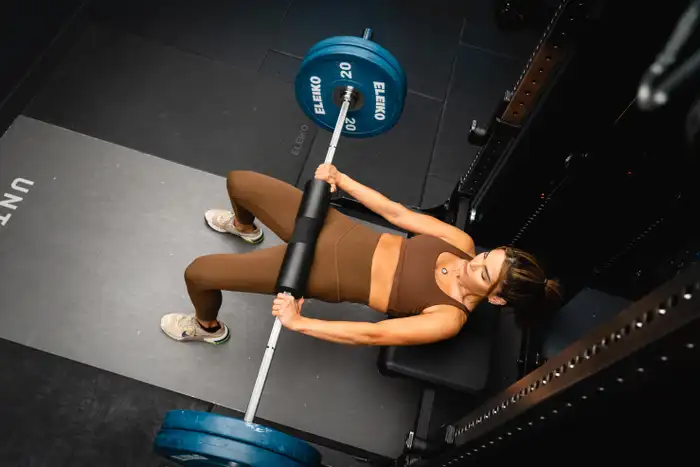
Strength training is important for longevity.
Eating a balance of protein, carbs, and fats
Shirvani used to think she had to eat plain meals like chicken, broccoli, and rice and stick to “crazy” calorie deficits to be healthy and leaner.
Now, she feels better for eating more and has learned that she can make nutritionally balanced dishes that are flavorsome using spices and sauces.
Shirvani doesn’t eliminate any foods, and still enjoys chocolate and desserts.
“Moderation is such an annoying word, but it’s genuinely everything in moderation,” Shirvani said. “Food is there to be enjoyed.”
Eating enough protein is her priority because it helps her body recover from workouts. Her staple meals include chicken salads topped with cheese, shepherd’s pie, and homemade turkey burgers.
She’s also started paying more attention to her energy levels as she’s got older. On days when she ate a high-carb breakfast, such as a bowl of oatmeal, she found she was hungry a couple of hours later and felt her energy levels slump.
In contrast, when she has a high-fat and high-protein breakfast, she feels satiated for longer.
“This is so personal though, this does not apply to every single person. I know people who have oats in the morning and they’ve got so much energy,” Shirvani said.
Sleeping for recovery
Sleeping well is Shirvani’s top priority when it comes to recovery, and for that reason, she never goes on her phone in bed.
“That’s helped me massively,” she said.
Research suggests that blue light exposure from screens such as phones could disrupt sleep.
Shirvani takes saunas when she can to relax in the evening. She always gives herself time to wind down before sleeping, rather than working late and going straight from emails to bed, she said.
She’s also a fan of offloading her brain through journalling and ice baths a couple of times per week.


